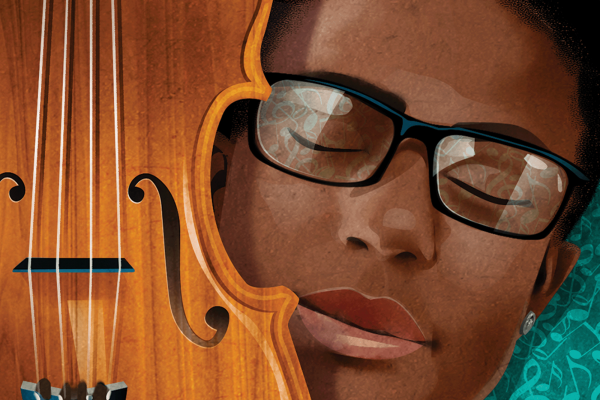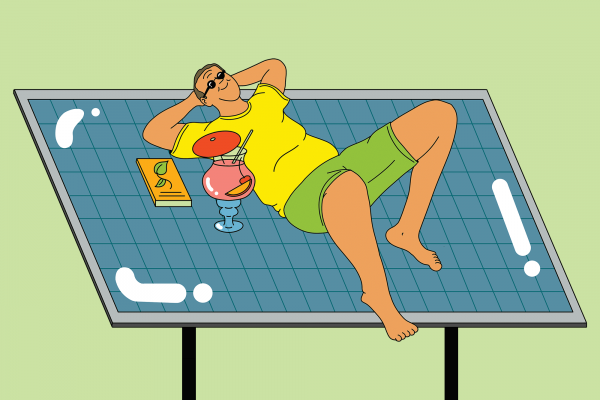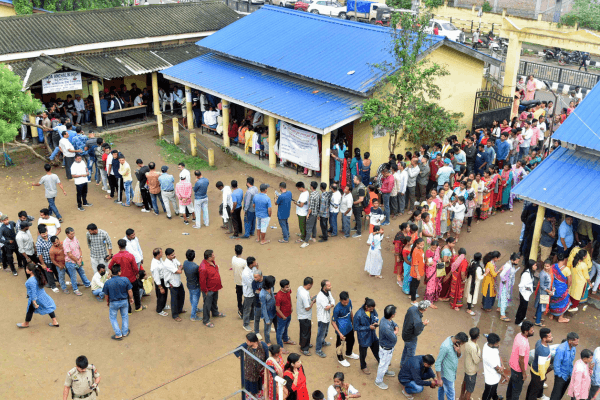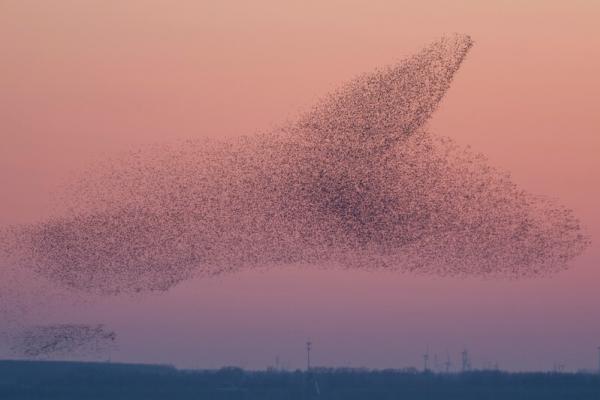Love books, culture, faith, and justice? Subscribe to Inscribed, a monthly newsletter by Jenna Barnett and guests, here.
The most incredible part of landing on the moon is not the making it there, but the safely making it back. NASA’s missions to the moon and back were feats of engineering, math, and creativity. The stories are oft retold from a variety of angles and perspectives, and I will never tire of it.
Some people may not know that when we went to the moon, we left a lot of junk there. Lighter space crafts can escape gravity easier, so anything that didn’t need to come home didn’t. Included on the list of things that didn’t need to come back from Apollo 11 through Apollo 17: 12 Hasselblad camera bodies and lenses. (Another fun fact: Until recently, one of the cameras that was supposed to return had been missing for nearly 50 years.)
The Swedish cameras, which are naturally modular, allowed astronauts to photograph as much as possible, remove the film back, and discard the lens and body. I think about this often when I take photos with my Hasselblad, which has a similar design. I also think about it when I consider the pressures of a capitalist and consumerist culture. Of course, I am glad we went to the effort of ensuring people returned safely, but I can’t stop thinking about the fact that the first time we went to the moon, we littered.
Apollo 14 landed on the moon in 1971, the same year that Sojourners — at the time called “The Post-American” — launched. Adam Russell Taylor, Sojourners president, wrote about our “Fifty Years of Creative Maladjustment” in our anniversary issue, while Ahmadullah Archiwal made the case for nonviolence in Afghanistan. Joy Ladin traversed theology and history to find the affirmation the Bible offers to transgender and nonbinary people.
In my own entry for the issue, I sought to understand and explain the world of Apple TV+’s For All Mankind, which takes place in an alternate reality where the Soviets win the race to the moon. The show has yet to explore what this would mean for my beloved moon Hasselblads.
1. “Five Decades of Creative Maladjustment” by Adam Russell Taylor
We’re looking forward to the next 50 years of speaking truth to power.
2. “‘For All Mankind' Believes Travel To The Moon Will Solve Racism. It's Not That Simple” by Mitchell Atencio
Apple TV+'s series takes some small steps ... but not for all “mankind.”
3. “Returning to the Path of Sacred Attachment” by Liuan Huska
“I’ll keep on loving this holy, physical world,” writes Huska.
4. “‘Midnight Mass’ Shows the Horrors of Co-Opted Faith” by Abby Olcese
The series employs horror tropes to show both the healing and destructive ways religion responds to pain.
5. “Brandi Carlile’s Radical Gospel of Gentleness” by Jenna Barnett
“What I'm talking about is radical, filthy, trembling, scary, life-changing, beautiful forgiveness,” says the Grammy winner, whose new album released Oct. 1.
6. “Meeting God Beyond the Gender Binary” by Joy Ladin
How the Bible affirms transgender and nonbinary people.
7. “Sojourners Magazine Turns 50” by The Editors
A glimpse of the people who got it all started.
8. “The Danger of Deepfakes” by Danny Duncan Collum
Digital technology consistently outruns our capacity to manage it.
9. “I Am the Harvest” by Luke Sawczak
A poem.
10. “Is Nonviolence Possible In Afghanistan Today?” by Ahmadullah Archiwal
The region has a rich history of nonviolent resistance.
Got something to say about what you're reading? We value your feedback!







